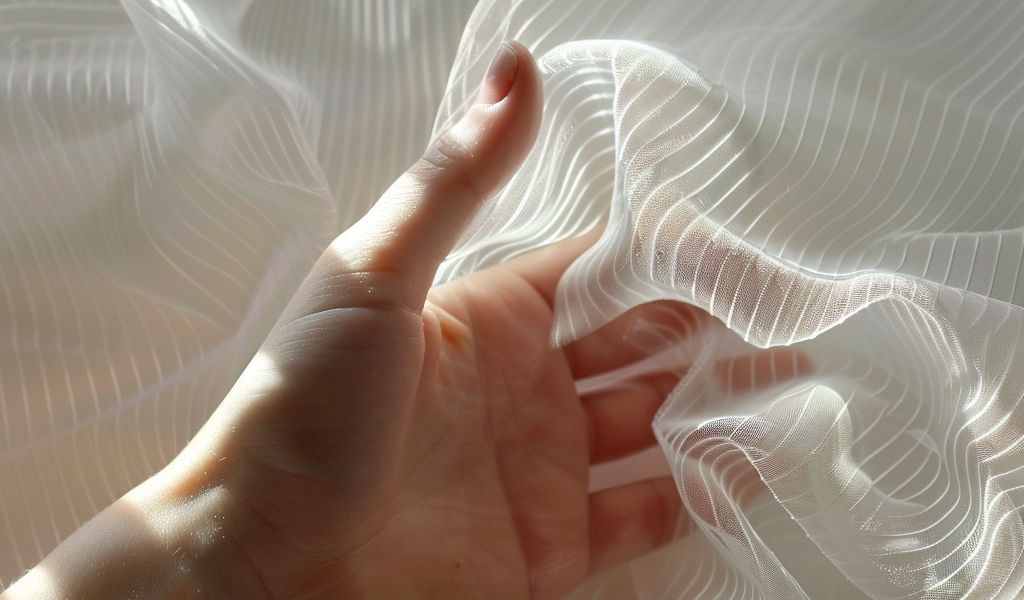Our bodies are equipped with an intricate sensory system that allows us to perceive the world around us. While we are commonly taught about the five senses – sight, sound, smell, taste, and touch – the sense of touch is not as straightforward as it may seem. In reality, the sense of touch encompasses a combination of different sensations working in unison.
Within our bodies, a network of sensory nerve cells with endings in the skin detects various physical signals from the environment. The gentle touch of a caress, the pressure of clothing on the skin, or the firmness of an object held in hand, all elicit distinct sensory experiences. Additionally, these sensations differ from the discomfort of pain, illustrating the complexity of touch perception.
So, how do these sensory neurons convey such diverse inputs? A recent study published in Science sheds light on this question. The research, conducted by a team of scientists, including the co-authors of this article, identified a molecule called ELKIN1 in nerve cells, specifically responsible for detecting gentle touch. This molecule plays a crucial role in converting gentle touch into an electrical signal, initiating the process of gentle touch perception.
The process of sensing gentle touch initiates with subtle skin deformations caused by light contact. Despite appearing inconsequential, these deformations exert sufficient force to activate specialized sensory molecules located in nerve endings within the skin. These molecular force sensors create a pore in the cell’s surface, which remains closed until force is applied, triggering the conversion of mechanical force into electrical signals.
Understanding the mechanisms behind gentle touch sensation not only provides insights into our sensory abilities but also holds potential implications for various fields, including neurobiology and medical research. This discovery may pave the way for advancements in the development of treatments for sensory disorders and contribute to enhancing our comprehension of the intricate processes governing human perception.





